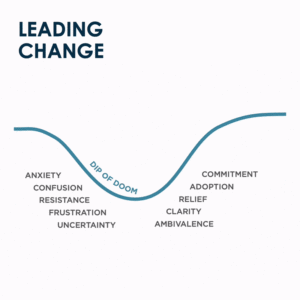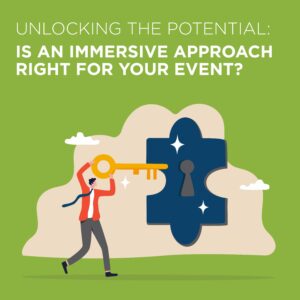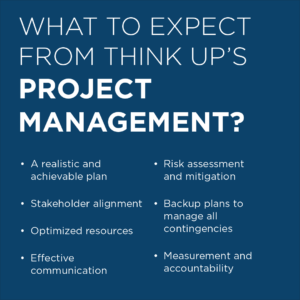Have you ever gotten a blister from a certain pair of shoes? You can handle it one of two ways: continuously cover the blister with a band-aid, or you can wear different shoes. …That is a decent proxy for consulting. Instead of just fixing the surface-level issue, we look for the root of the problem to prevent it from happening again.
Sometimes clients come to us with a solution already in mind: a training program, a job aid, an internal marketing effort. But we often find what they really need is something else: a new strategy, an evolved process, more focus on culture.
For example, a client once asked us to develop sales training. Sales metrics were trending down, and there was an urgent need to address it. The objective was clear: reverse the trend. But after some analysis, the project took on a life of its own. There was a training gap, yes—but there were also issues related to performance targets, revenue management, quality assurance, employee perception of priorities, and sales leadership.
After collaborating with our client to determine what would be best for them long-term, we arrived at a solution that included six different work packages and a multi-year approach. And it worked! Not only did the negative trend reverse, but our project team also built an infrastructure to support sales that is so strong it is propelling the company today, even in the face of huge demand declines because of COVID-19.
In my experience as a consultant, starting a project with the solution already defined is not going to yield the best result. To achieve objectives, solutions can’t be one-size-fits-all. At Think Up, we cringe at the notion of implementing something just to “check it off the list.” Instead, it’s about moving from the request to the right solution for the client—even if it’s not what they thought they needed. We seek to design customized, creative solutions that not only achieve goals but also deliver long-term value.
Our process tends to look something like this:
- First, we get inside our client’s head by asking questions to help reveal what he/she needs: What are we trying to do? What objectives are you trying to achieve? What is the vision?
- Then we move a little deeper into the analysis phase and assess the current state: How far is it from the vision? Where is the gap? What is standing in the way?
- After that, it’s a matter of finding the best ways to bridge the gap. As we like to say, we imagine the possibilities, wrap it up with a bow, and help our clients achieve WOW! results.
It’s a dance that requires business acumen, creativity, and a true understanding of the client’s organization: how it operates, its readiness for change, and what motivates the team.
And that’s why we’re in it—we love the art of consulting and the tools of the craft: strong client relationships, deep organizational knowledge, the opportunity to bring fresh perspective and clarity, getting to exercise both our creative and problem-solving muscles, and the chance to make a difference. Even if our clients end up with a solution that doesn’t match what they had in mind, we do everything in our power to give them what they really need.



